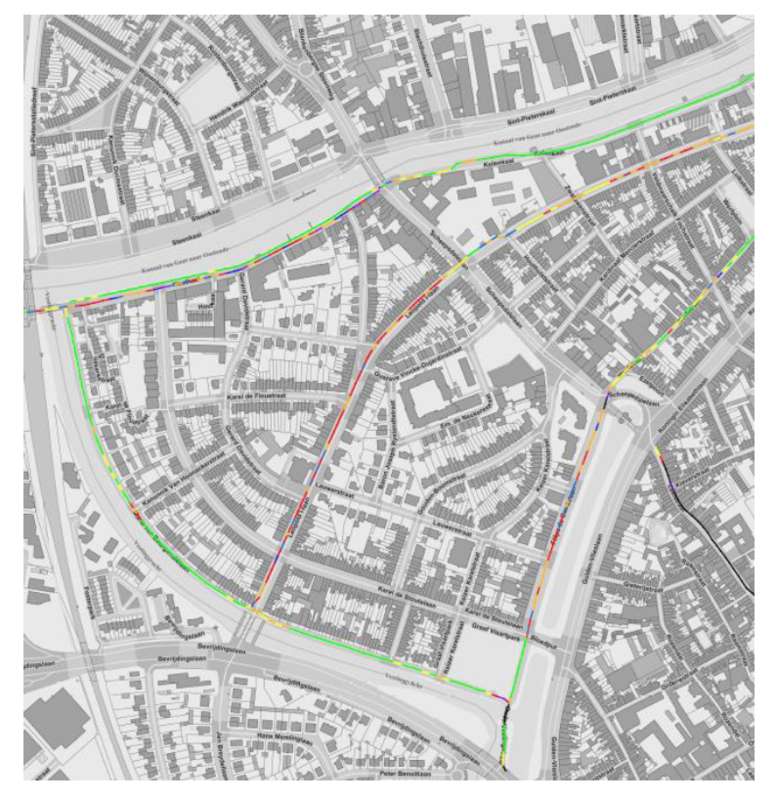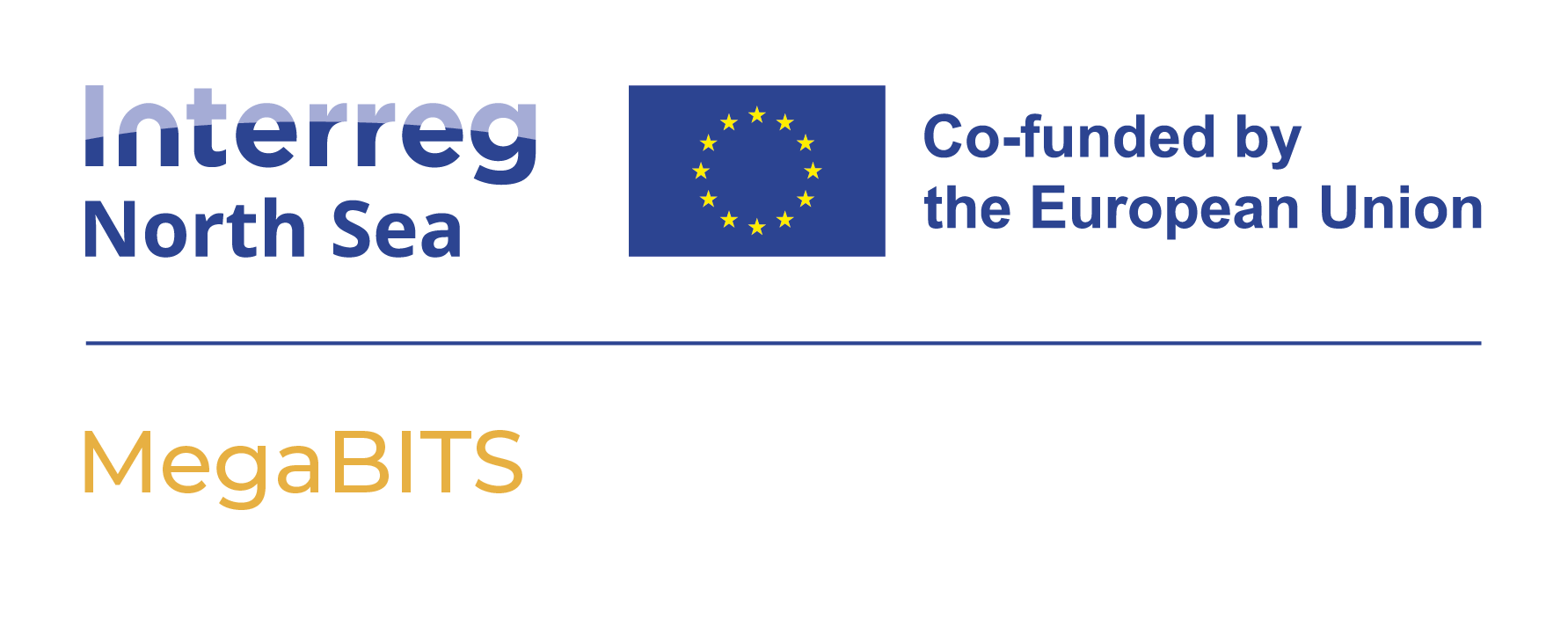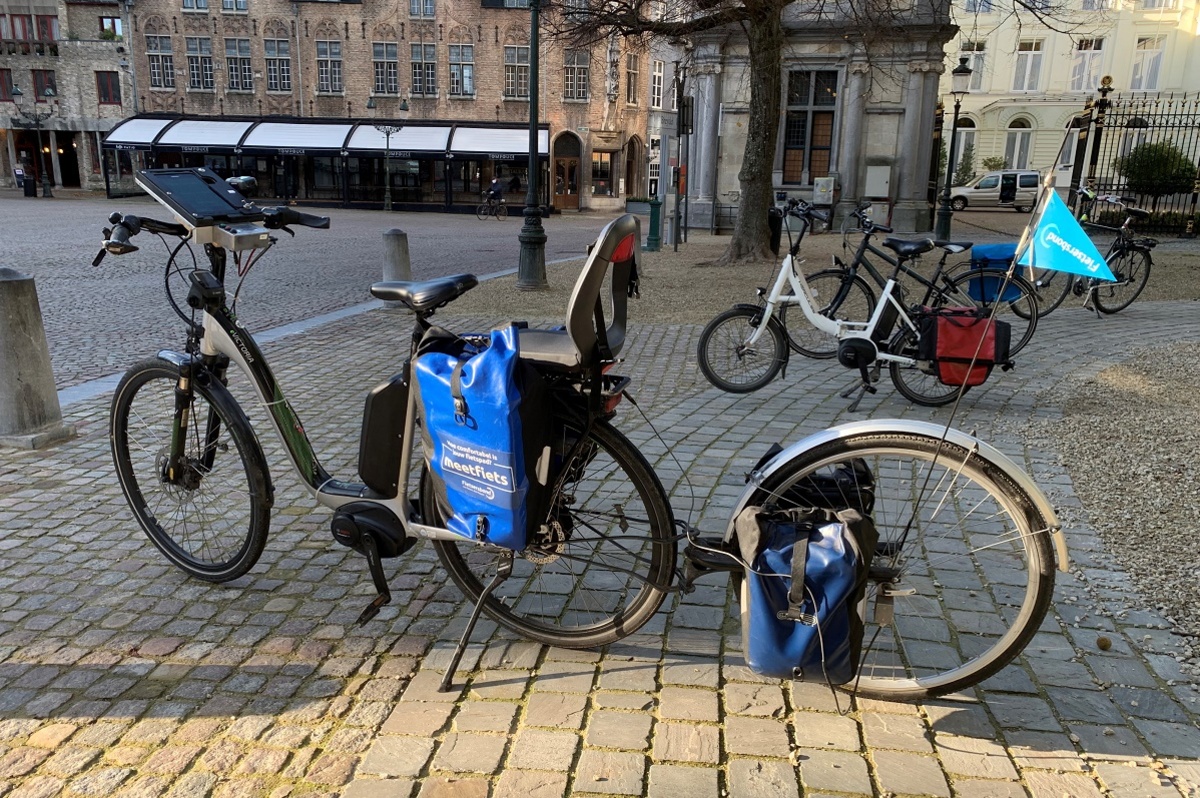By Griet Vanwynsberghe (VIVES University of Applied Sciences).
Within the scope of the BITS project, one of the ITS implementations of the city of Bruges was the measuring bike. This bicycle is equipped with different sensors able to detect imperfections on the cycling paths. The measuring bike cycled 150 kilometers during six days in 2020 and 2021. It gives a clear objective picture of the characteristics and quality of the existing cycling infrastructure. The objective information allows the city to create a priority list concerning future projects.
In this article, we report the main lessons learned of this ITS implementation. These lessons learned are a result of the evaluation of this implementation. For this evaluation, the objective results of the measuring bike are used, next to internal discussion notes of the city council, international literature and an interview with the project managers.
Lesson 1: Objective results are added-value for policy-makers
The measuring bike provides objective and up to date information about the quality of the cycling infrastructure at that point in time. Objective information is very valuable to evaluate the cycling paths and roads in the city centre in addition to subjective information such as complaints, notifications or subjective experiences of citizens. This information helps to decide upon new projects or policy priorities in the future. The measuring bike can be used to evaluate old infrastructure, but also to evaluate the quality of new constructions upon delivery.

Lesson 2: Detailed information provided
The measuring bike delivers very detailed information and makes clear that the surface quality can be very different, depending on the type of material (concrete vs asphalt vs natural stone) as well as the way it is constructed and maintained. Speed bumps also have a clear negative impact on cycling comfort.
Lesson 3: Importance of having a trusted external partner who provides the measuring bike
In the case of the city of Bruges, the measuring bike was provided by the Fietsersbond. The ordering goes easy and the intervention is quick to implement. Working with a trusted partner makes that any problems or failures, technologically or other, are not on the account of the city and are taken care of.
Lesson 4: Technological improvements of this type of intervention may be a pitfall
Technological improvements may possibly be a pitfall. For instance, it will be important to be aware that the way of measuring remains the same over time. If other types of measurement or other forms of technology are used by the measuring bike in the future, it will downsize the added value of the ITS intervention in observing objective trends in surface quality of cycling infrastructure. However, another implementation within the BITS project, from the Province of Antwerp and the University of Oldenburg, intends to solve this problem with a tool which has the potential to compare the results of different surface quality measuring systems.
To conclude, the measuring bike provides objective information and is easy to implement. However, it gives no direct impact on the take-up of cycling nor on the cycling motivation of regular cyclists. An improved quality of the cycling paths may generate improved comfort and less health risks which may stimulate cyclists to cycle more. This type of ITS helps to ameliorate some of the risks of cycling as well as to develop reasoned cycling policies in municipalities, which in the long term should result in more cyclists.
Share on Linkedin Share on Facebook Share on Twitter

